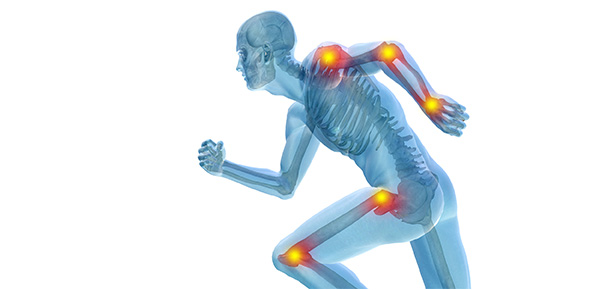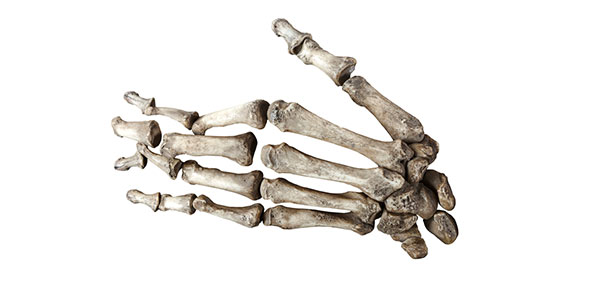Related Flashcards
Cards In This Set
| Front | Back |
|
Functions of the Respiratory System
|
Ventilation: movement of air into and out of lungsExternal respiration: gas exchange between lungs and bloodInternal respiration: gas exchange between blood and tissuesRegulation of pH: altered by changing blood CO2 levelsProduction of chemical mediators: ACE produced in lungs, regulates ATPVoice production: Air past vocal areasOlfaction: Airborne moleculesProtection: Prevents entry of MOs and removes MOs from surfaces
|
|
Upper Tract of Respiratory System
|
Nose, pharynx, associated structures
|
|
Lower Tract of Respiratory System
|
Larynx, Trachea, Bronchi, Lungs
|
|
Choana
|
In nasal cavityOpening to pharynx
|
|
Hard Palate
|
Floor of nasal cavity
|
|
Nasal Septum
|
Partition dividing cavity
|
|
Sinuses
|
Cavities in bone. Decrease skull weight to make life easier. Allow for voice resonation.
|
|
Functions of Nasal Cavity
|
Cleans, humidifies, warms airHairs trap dust, mucus traps debris, cilia sweeps mucus away to be eliminated by digestionOlfaction Resonation chambers for speech
|
|
Pharynx: Common opening for digestion & respiration: 3 Segments
|
Nasopharynx: pseudostratified columnar epithelium (w goblet cells)Oropharynx: lined with moist stratified squamous epitheliumLaryngopharynx: Epiglottis to esophagus (also lined w moist stratified squamous epithelium)
|
|
Unpaired Cartileges of the Larynx
|
Thyroid Cartilege: biggest (Adam's Apple)Cricoid Cartilege: base of larynxEpiglottis: attached to thyroid via flap at base of tongue** thyroid and cricoid maintain open airway
|
|
Ligaments of the Larynx
|
Vestibular FoldsTrue Vocal Folds (opening between glottis)
|
|
Functions of Larynx
|
Maintain open airway (thyroid & cricoid cartileges)Prevent swallowed stuff from entering lungs (epiglottis & vestibular folds)Vocal folds are primary source of sound production
|
|
Mucociliary Escalator
|
Pseudostratified ciliated columnar epithelium traps debris and goblet cells produce mucus; cilia push mucus away so that it can be eliminated
|
|
Carina
|
Cartilege at bifurcation of trachea; very sensitive epithelium which initiates cough reflex
|
|
Cells of the Respiratory Membrane (3)
|
Type I Pneumocytes: v thin, for gas exchangeType II Pneumocytes: produce surfactant"Dust Cells": are macrophages
|







